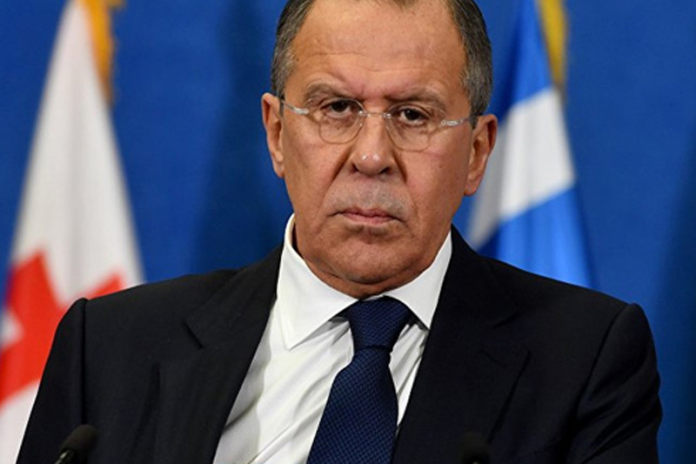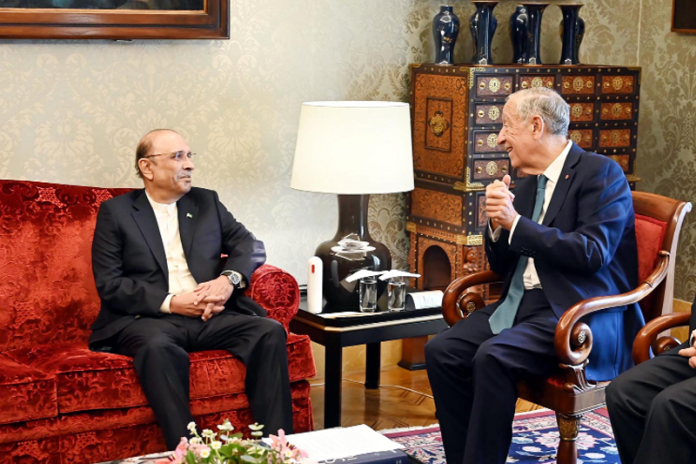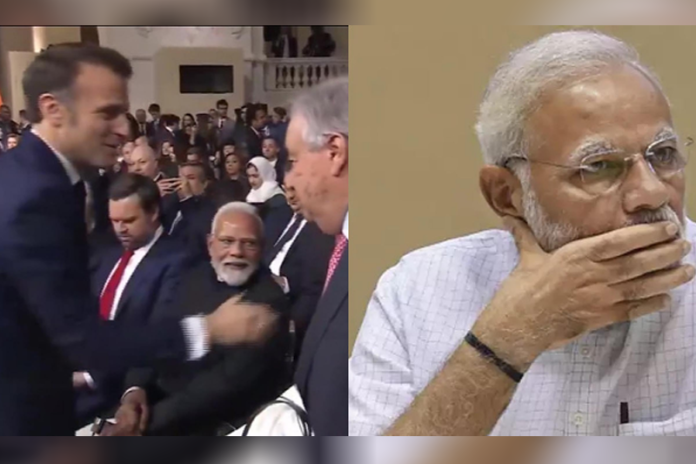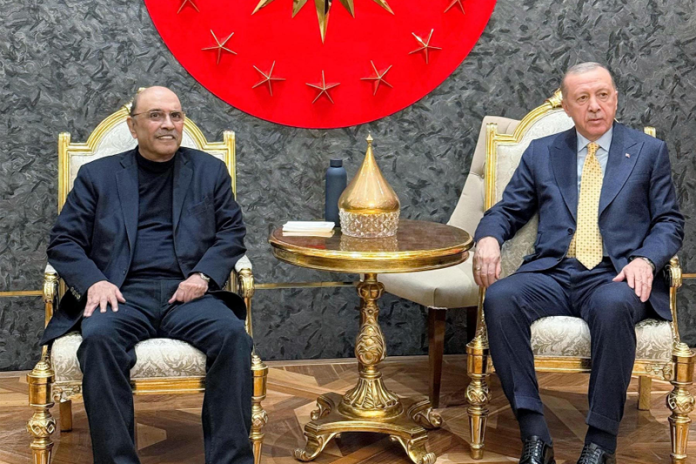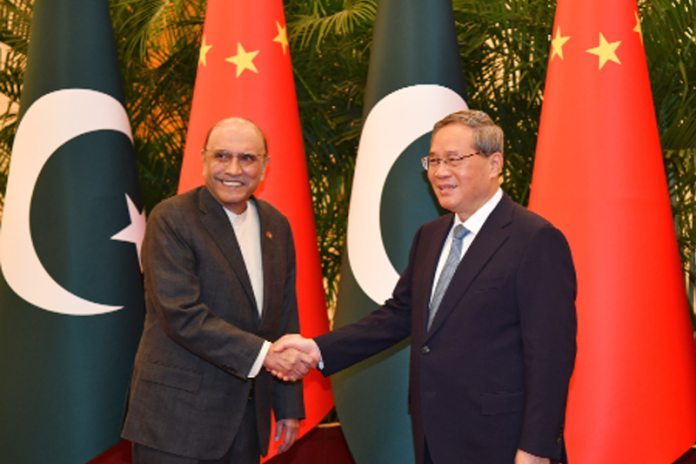(On the occasion of martyrdom of General Soleimani)
WHY ARE THERE CONFLICTS BETWEEN IRAN AND AMERICA FOR THE LAST 72 YEARS?
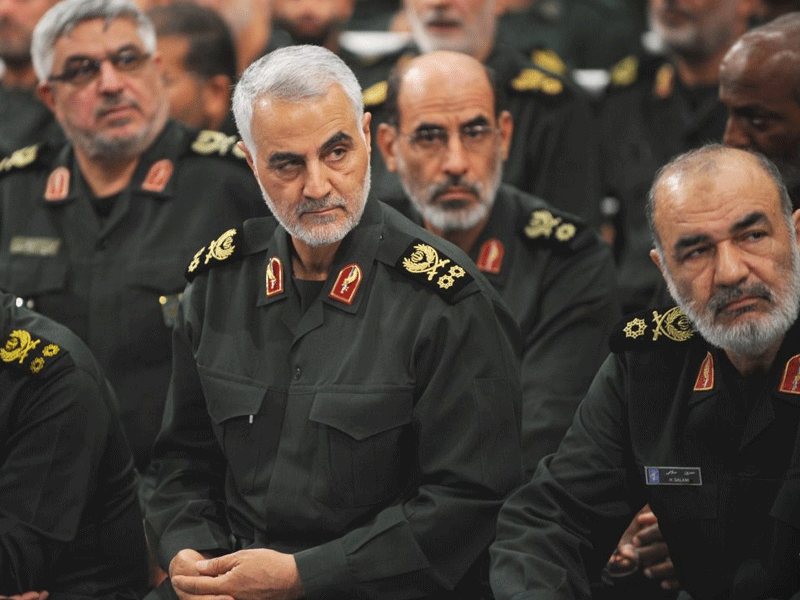
- 245
- 0
The Islamic Republic of Iran has conflicts and disputes with the United States of America and other imperialist governments over the world. The question is; what are the reasons behind these disputes?
The conflict is not about some political issues. The fact is that the regime of the United States of America claimed to be the world's absolute superpower after World War II; resulting in its ambitions to control all the vital resources of the world. Practically, the Middle East region (North Africa and the Persian Gulf - the oil-rich region) was in the hands of America. Oil is the lifeblood of today's world. If there is no oil, there are no factories and no products. Similarly if there are no products; there are no businesses.
Since most of this oil exist in the Middle East, so it was necessary to dominate here, as America did practically. America dominated not only the Middle East but almost all the oil-rich and other sensitive regions of the world.
In the middle of the Middle East, Iran was located with a government under Reza Shah who was a puppet and servant of America that turned the country into the main base of imperialist block and was nicknamed as the gendarme of the region.
In the mid of growing arrogant superiority of America, the Islamic revolution emerged in Iran, the most sensitive point in the Middle East, under the leadership of Imam Khomeini. The important slogan of this revolution was to confront oppression and imperialism and defend the rights of oppressed nations all over the world. The Islamic revolution pulled Iran, out of the control of America. One day, there were Americans in this country, in all the sensitive offices; in the armed forces, in the sectors related to business, economy, politics and security, with their full power. Mohammad Reza Shah, who was head of the country, was listening to the American and British ambassadors. If they wanted something and insisted, he had to obey. Sometimes with unwillingness he had to obey their orders. The kicking out of Americans from Iran was not a small event, but a very important incident in the region.
Of course, the Iranian people's struggle against American interference is not limited to these last forty two years; it has a long history of the last seventy-two years.
Forty three years have passed since the victory of the Islamic Revolution in Iran, and because of Washington's hostile approach against Iran, and considering the history of damaging relations of U.S.A with this country; from the point of view of the independence-seeking nation and the courageous and wise leadership of Iran, the paths of reconciliation between the two countries are full of pitfalls. Because the people and government of Iran cannot ignore the continuous Americans atrocities and betrayals against their country.
With this introduction, we take a quick look at the most important crimes and betrayals of America against the Iranian nation during the past seventy-two years.
- The August 18 coup
The basis for the uprising of 18 August 1953 in Tehran was provided by a British and American conspiracy in May 1951. The CIA implemented this, leading to the overthrow of Dr. Mossadegh's popular government and the subsequent suppression of the Iranian people's movement to "nationalize the oil industry.”
- Returning Mohammad Reza Shah to Iran and supporting him
After the August 18 coup, America's interventionist actions in Iran entered into a new stage, with returning the hated Shah, exactly 12 days after the coup. Americans gave seventy million dollars at the Shah's request, and three years later again paid, 250 million dollars loan to Iran.
- Imposing the shameful law of capitulation against the people of Iran
The imposition of the capitulation law on Iran in 1965 was one of the humiliating actions of the United States of America against the Iranian nation, according to which the Iranian judicial system had no right to punish any of the American advisers, soldiers, employees, and workers who had committed oppression or illegality in Iran.
- The bloody crime of September 17
With the rise of the Islamic movement of the Iranian people against the Pahlavi regime, during the incident on Friday, September 8, 1978, when a large number of demonstrators were martyred by the Shah's mercenaries, the American government not only remained silent, but Carter one night after this bloody tragedy, during a phone call with Reza Shah who was worried about the consequences of his violent behavior with Muslim people, he declared his full support for his government.
- American Military attack on Iran
The American military attack on the city of Tabas (one of the central regions of Iran) with the aim of freeing the spy hostages was formed on Friday, May 1980 after the capture of the American embassy in Tehran by Muslim students, but with The failure of this operation severely damaged and shattered both the international prestige and illusion of the superiority of America.
- Designing Nojeh coup to assassinate Imam Khomeini and massacre revolutionaries
Among the subversive actions of the White House after the failure of the military attack on Tabas was the planning of the "Nojeh" coup on Wednesday, July 9, 1980, which failed before any action. The American government had spent a lot for planning and implementing this coup. In this coup, after bombing government headquarters, sensitive places of Iran and finally after killing mam Khomeini, the leader of the revolution, Tehran was to be captured by American agents. When one of the regretful coup plotters informed Ayatollah Khamenei, the coup was exposed and all its agents were arrested.
- Economic blockade and the implementation of extensive sanctions against Iran
In 1980, the United States began economic sanctions against the Islamic Republic of Iran and completely froze all Iranian assets and bank accounts. These sanctions continue till now to weaken and cripple the Iranian economy and its financial and economic system, with new laws being added every year. Currently, the US sanctions are preventing the Iranian government from providing drugs for cancer patients, and thousands of innocent Iranian patients die every year due to these sanctions.
- Inciting the cruel leaders of Iraq to invade Iran
After the defeat of the "Noja" rebellion, US officials began efforts to provoke Iraqi President Saddam to go to war against Iran. US national security adviser Brzezinski made several secret visits to Baghdad for this purpose in the early 1980s. Saddam Hussein, who, after the fall of the Shah, was very interested in becoming an American agent in the region, finally launched a large-scale invasion on Iran on September 22, 1980. By this conspiracy, the US plunged the Muslim people of Iran into the most dangerous and longest war after the Second World War for eight years. In this war, almost 300,000 (three hundred thousand) innocent Iranians were killed by the weapons provided by America, England, Germany, France and other western countries and their allies.
- America's direct entry into the
Iran-Iraq war in the Persian Gulf
When Iran gained military superiority over Iraq, America did not refrain from direct military intervention against the Iranian people in support of the Iraqi Baathist army. On Monday, September 21, 1987, the Americans attacked the eight-hundred-ton Iranian ship "Iran Ajr" with two military helicopters. Two weeks later, on Thursday, October 8, 1987, in another attack, US helicopters targeted IRGC patrol boats patrolling in the waters of the Persian Gulf. Apart from this, the frigate "Sahand" and the brutal attacks by American ships on Iranian oil platforms were other direct actions of the US military during the imposed war.
- Downing of an Iranian passenger plane in the Persian Gulf
The attack on the passenger plane of the Islamic Republic of Iran on July 3, 1988 was one of the worst barbaric acts of the United States. This plane from Bandar Abbas to Dubai was carrying 290 civilian passengers while its flight had not reached the required altitude when it was suddenly destroyed by two missiles in the waters of Iran and all its passengers were martyred. The Americans brazenly lied that they mistook it for a warplane and awarded the offending commander the Vincennes Medal.
- Guiding and supporting anti-revolutionary forces
After the success of the Islamic Revolution, the US organized "separatist movements" against the government in the west, east, south and north of Iran, and provided ample support to the rebels. Therefore, the government of the Islamic Republic of Iran was engaged in these evil movements for a long time in Kurdistan, Khuzestan, Turkmen Desert, Azerbaijan, Sistan and Baluchistan. But this American policy also did not have any effective results like its other hostile measures. Apart from this, the hypocrites (Masood Rajavi's group) also received special support from the US government. Since 1981, this group had been involved in armed rebellions and terrorist activities. In addition, the Americans have provided all kinds of support to other terrorist groups, expanding the scope of instability in the country through terrorism, and accelerated aggressive operations to eliminate key figures of the Islamic Republic, so that Iran should face major crisis.
- Making baseless accusations against Iran
After eight years of supporting Saddam and failing to engage in direct confrontation with Iran, Washington launched a large-scale psychological war against Iran. Meanwhile, Western broadcasting organizations; Voice of America and BBC Persian continued to accuse Iran of "violating human rights", "supporting terrorist groups", "seeking to acquire weapons of mass destruction" and "disturbing the peace process of the Middle East"; in order to isolate the Islamic Republic of Iran politically and thus stop Iran's development in the fields of nuclear, space and missile technology and other defense sectors.
- Inciting neighbors over land and oil disputes against Iran:
Other failed White House initiatives include opposing the passage of a Central Asian oil and gas pipeline through Iranian territory and pressuring the Turkish government to cancel a $20 billion gas deal with Iran. Obstructing the implementation of the gas delivery agreement from Iran to Pakistan and India and forcing these two countries to cancel the agreement are other evidences of American conspiracies against Iran.
In addition, inciting the neighbors, especially the United Arab Emirates, to claim ownership over three Iranian islands in the Persian Gulf, and trying to expand the Gulf between Riyadh and Tehran in the name of two regional powers are such evil tactics that the United States has been using for the last forty years.
- The spread of Al-Qaeda and ISIS terrorism for the collapse of Iran
At the beginning of the 21st century, the domination of the extremist groups of Al-Qaeda and Taliban in Afghanistan aimed to distort the true face of Islam and spread terrorism widely. According to many analysts and political elites of the world, these actions by the American and Western intelligence services were aimed at making Iran's borders insecure, but this plan also failed due to the defense policies of the Islamic Republic of Iran and the efforts of its intelligence authorities.
However, this tactic led to the emergence of extremism in the region and the massacre of thousands of innocent people. However, despite the setback, the Pentagon and the CIA began to take advantage of the internal divisions in Syria and Iraq from 2011 by bringing together mercenaries from Arab, African and European countries to destabilize Iran's neighboring regions. Actually it was an attempt to establish the ISIS terrorist state in the region in in favor of America.
- Planning and supporting riot in 1999, 2009, 2017, 2019 and 2022
in Tehran and other Iranian cities
In the violent riots of the above-mentioned years that broke out as a result of the US conspiracy, incurred heavy losses to public and private properties and places in Iran; as well as damaging greatly Iran's international image. American agents and Western diplomats openly participated in these riots and gave covert support to the rioters, which caused serious problems for both the Iranian government and the people.
- The assassination of General Qassem Soleimani, the pioneer of resistance against Western state terrorism
On the morning of Friday, January 3, 2020, General Qassem Soleimani was martyred in a drone attack at Baghdad by the direct orders of US President Donald Trump, while he entered Iraq accompanied by Abu Mahdi al-Muhandis and other colleagues, by the official invitation of Iraqi Prime Minister Adel Abdul Mahdi. This attack was executed through the facilitation of some Iraqi traitorous personnel at Baghdad Airport. In response to his murder, the Iranian government launched a massive missile attack on the American base in Ain al-Asad, killing and wounding dozens of American officers and soldiers and damaging their military equipment. After this incident, the Iraqi parliament also approved the plan to withdraw American troops from Iraq.
The historic funeral ceremonies of General Qassem Soleimani and his colleagues were held in different cities of Iraq and Iran. Ayatollah Bashir Hossein Najafi, a Pakistani Mujtahid in Iraq, and the religious and political leader of Iran, Imam Seyyed Ali Khamenei, performed their funeral prayers. According to news reports, Qassem Suleiman’s funeral gatherings were among the largest gatherings in history, attended by approximately twenty five million people. He was buried in the Martyrs' Cemetery in Kerman, his hometown, on January 8, 2020.
General Qassem Soleimani provided large-scale aid to Hezbollah and Hamas during the 33-day war in Lebanon and the 22-day war in Palestine and gave them latest weapons to harass the enemy. Saving Iraq, Syria, Iran and Lebanon from ISIS occupation is one of the greatest achievements of General Qassem Soleimani. He also played a great role in ensuring the safety of Iranian, Iraqi, Pakistani and Afghan pilgrims during the Arbaeen pilgrimage. The Zionist regime tried several time to assassinate Qassem Soleimani, but each time it was failed.
The aforementioned events were a small part of America's hostile actions against the Iranian people, while today's American policies have taken a different form in the shape of a worldwide soft media war against Iran.
American imperialism, which has been full of mischief for seven decades, has shown its ugly face again after Mahsa Amini's suspected death during the subsequent riots, which made the Islamic government and the Iranian people believe that America can never be trusted to extend a hand of friendship. The Iranian nation, which has an ancient history and a magnificent civilization, considers itself to be the follower of Imam Hussain (peace be upon him), who rejected the worldly pleasures and stood up against the inhuman atrocities of Yazid. The slogan of this unshrouded greatest martyr of history was: “We will never accept humiliation.”
Published in The Daily National Courier, January, 13 2023
Like Business on Facebook, follow @DailyNCourier on Twitter to stay informed and join in the conversation.










